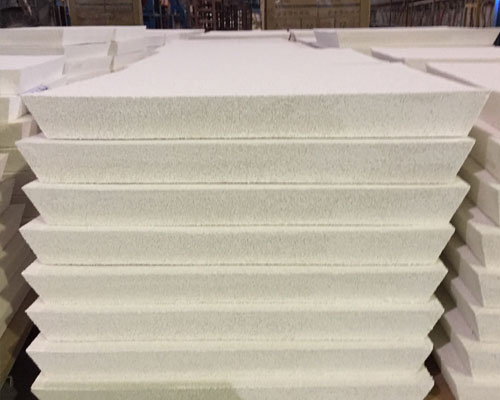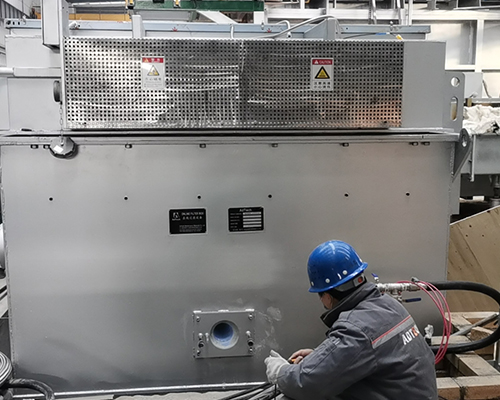The aluminum melt passes through foundries filters, so that the impurity particles in the melt are intercepted by the surface of the filter medium or captured by the inside of the filter medium, so as to achieve the purpose of purifying the aluminum melt.
Although most of the slag inclusions are removed from the aluminum melt during refining, some fine slag particles, especially those below a few microns, are difficult to remove by furnace refining and online refining, and they are still suspended in the aluminum melt. Strict filtration treatment is required before casting and rolling.
There are many foundries filters for aluminum melt filtration, mainly corundum tube filter, deep bed filter, foam ceramic filter medium and so on. At present, the foam ceramic filter is the most widely used. It has a homogeneous pore structure, high surface strength, temperature resistant up to 1100°C, and excellent resistance against chemicals used in foundries.

Different aluminum factories have different casting conditions, so the filters used are also different.
Compared with casting and rolling, the production situation of casting is more complicated. The flow rate is large, and the filter is filtered in the same way as the cast-rolling production. The flow rate of the filter is equivalent to more than 2.5-3.5 times that of the cast-rolling, which reduces the filtering effect. Therefore, in order to ensure the same filtration efficiency, the flow area of the filter must be increased so that the flow rate per unit area of the filter is equal to it.
Duralumin and super-hard aluminum alloy melts are more likely to contain tiny slag particles than pure aluminum and soft alloys. For this reason, the efficiency of filtration must be greatly improved in order to achieve the purpose of high purity of the melt and ensure the final product quality. Therefore, it is best to adopt a tubular filter, which not only increases the surface area of the filter in contact with the melt, but also reduces the flow rate per unit area of the melt, ensures the filtration efficiency and the total flow rate, and meets the needs of production. This increases the initial pressure head of the filtered melt, which increases the difficulty of the operation and at the same time increases the filtering cost.

